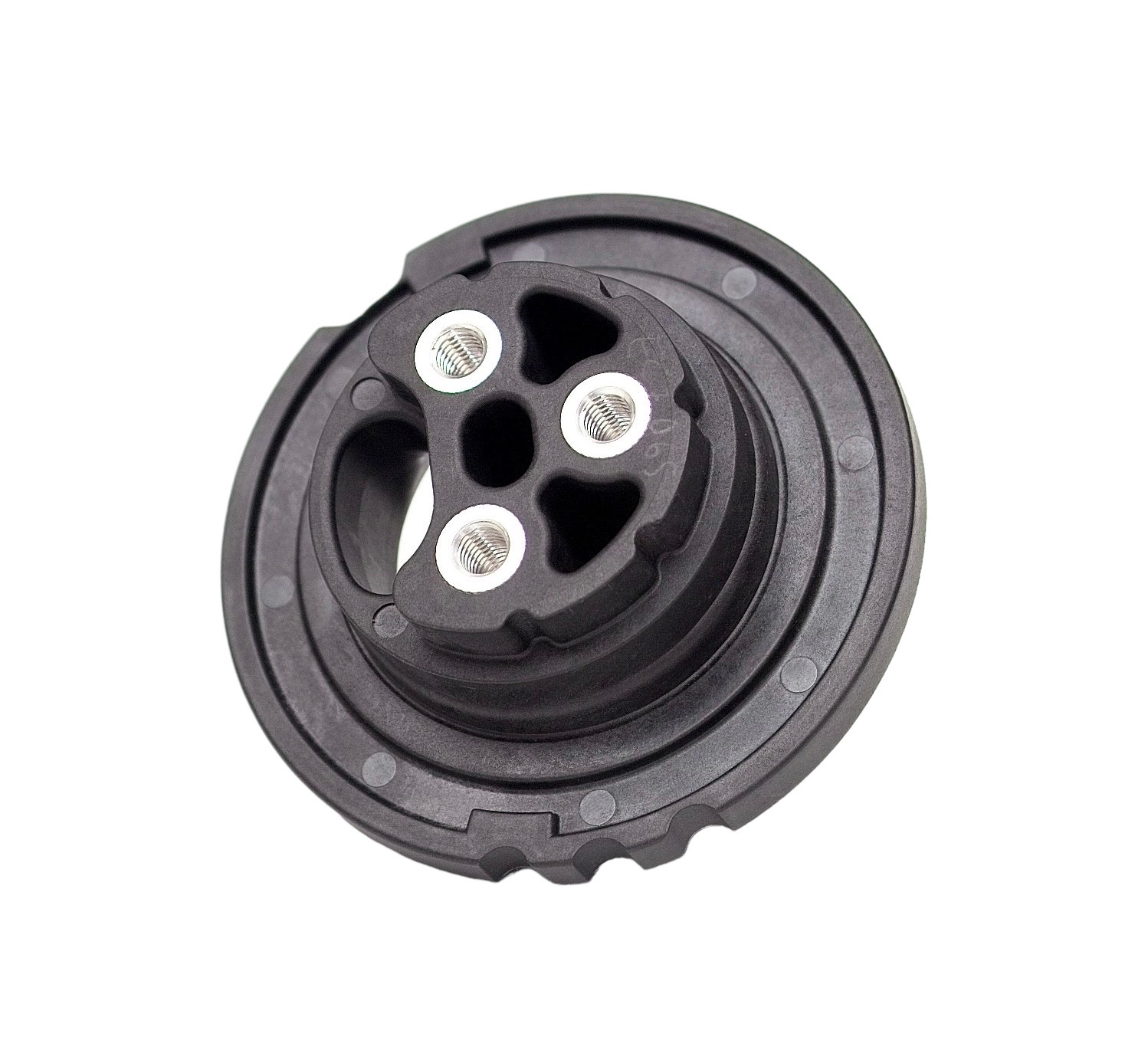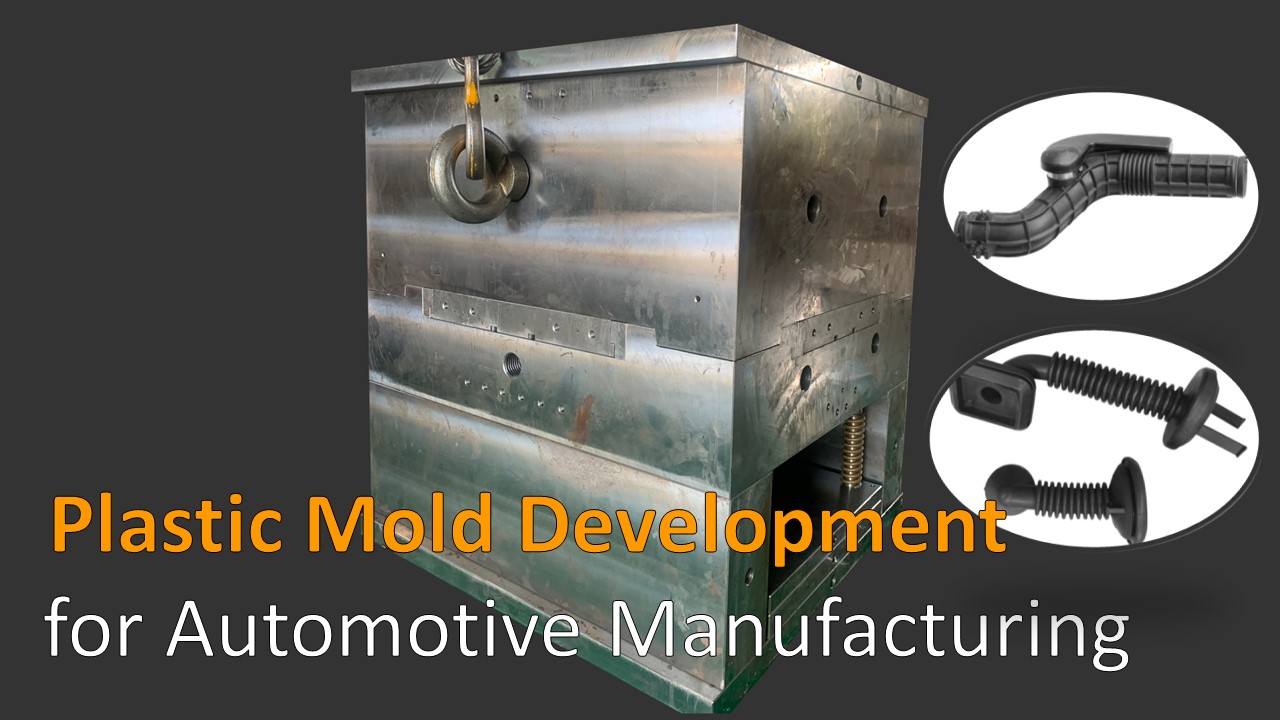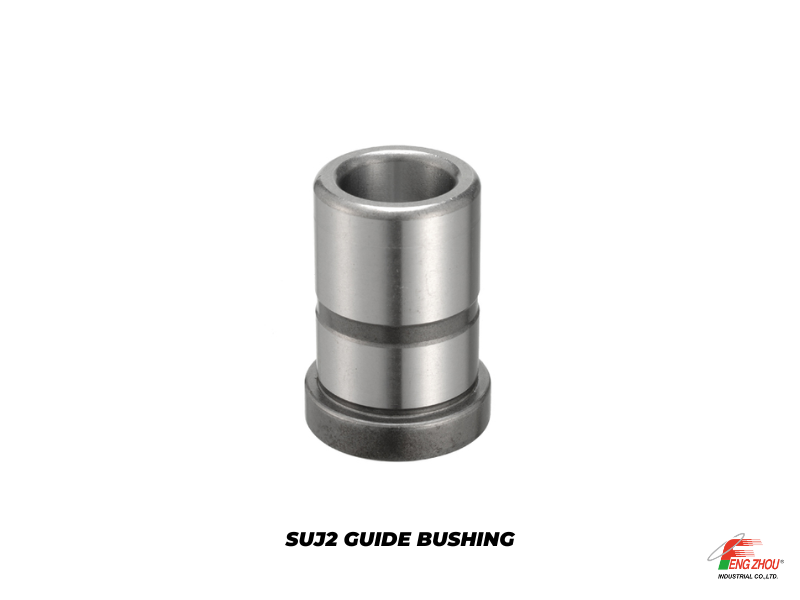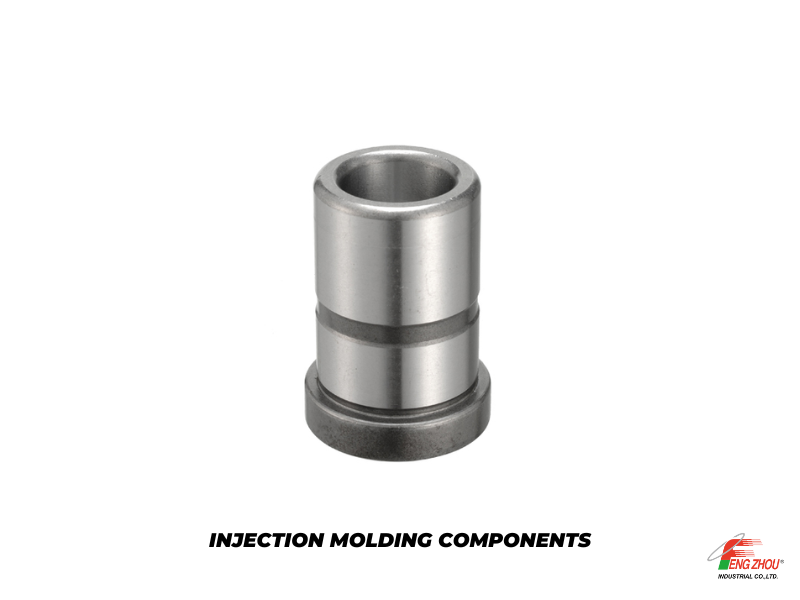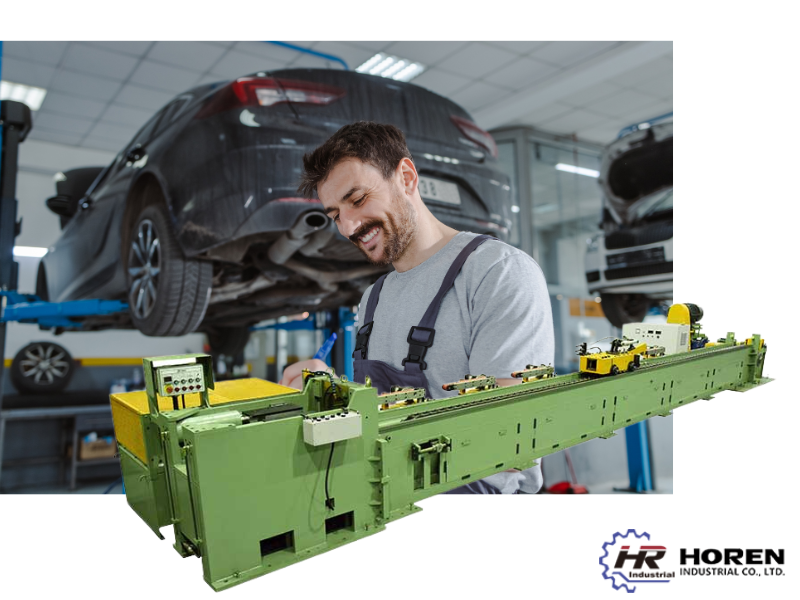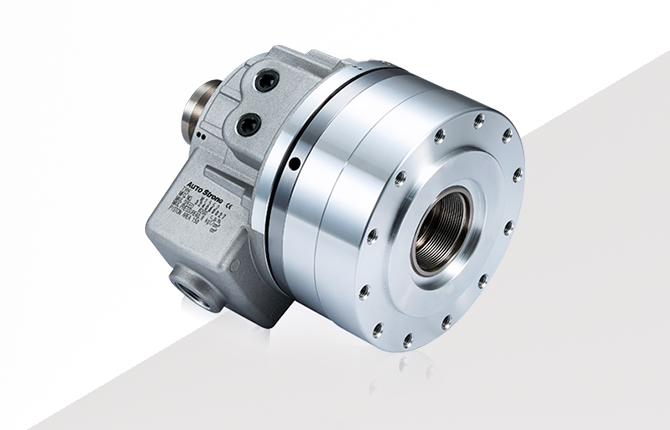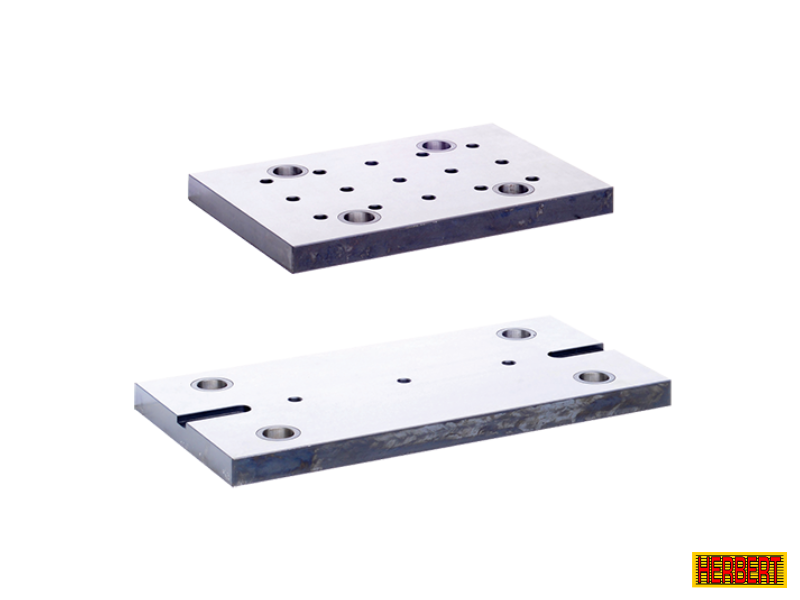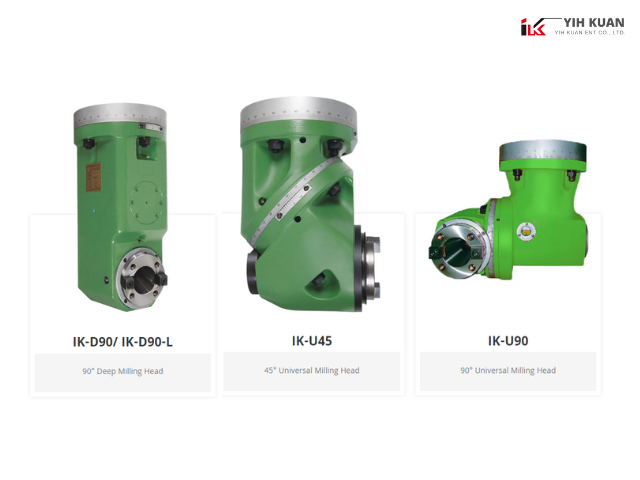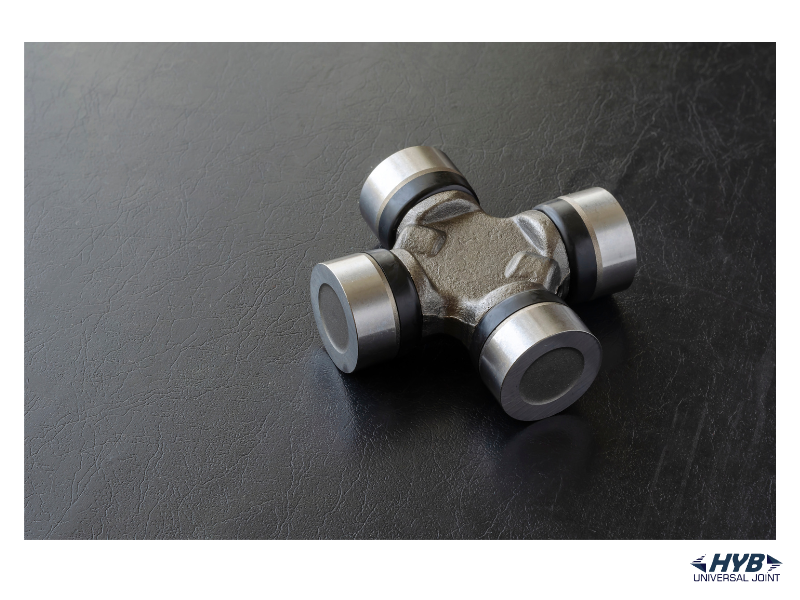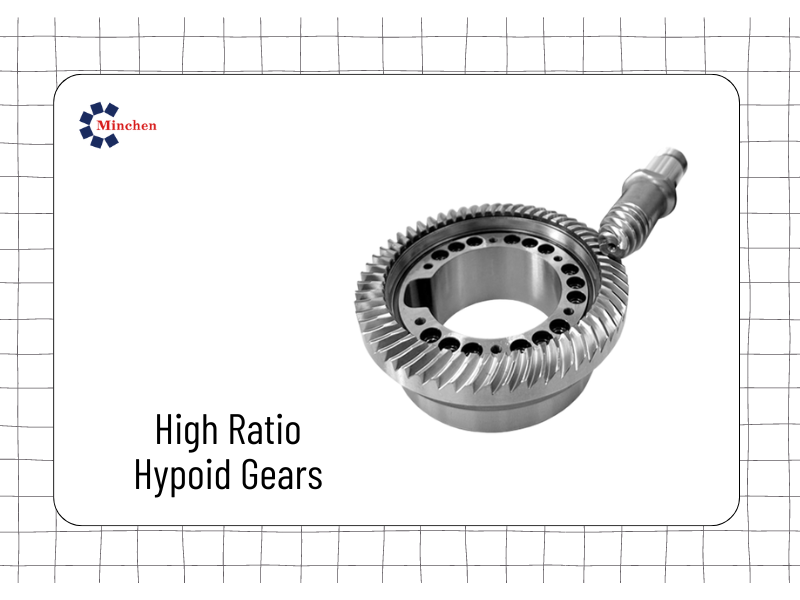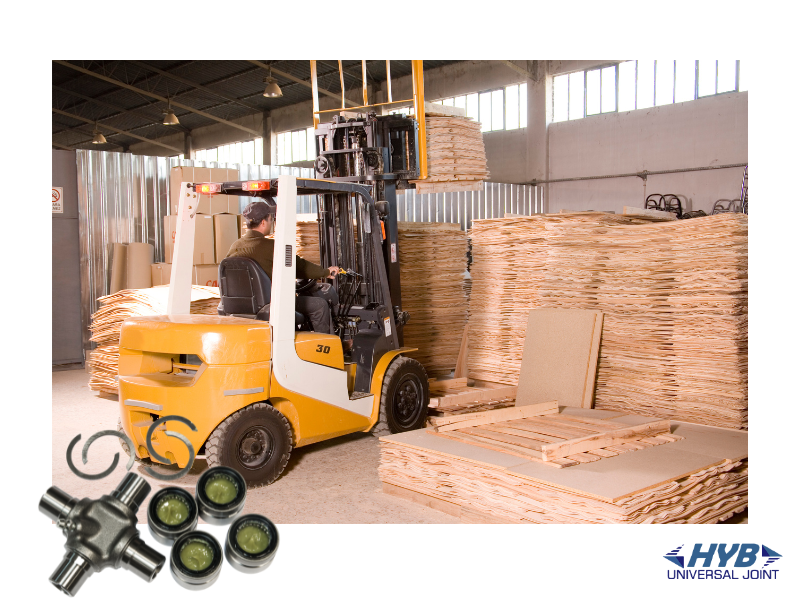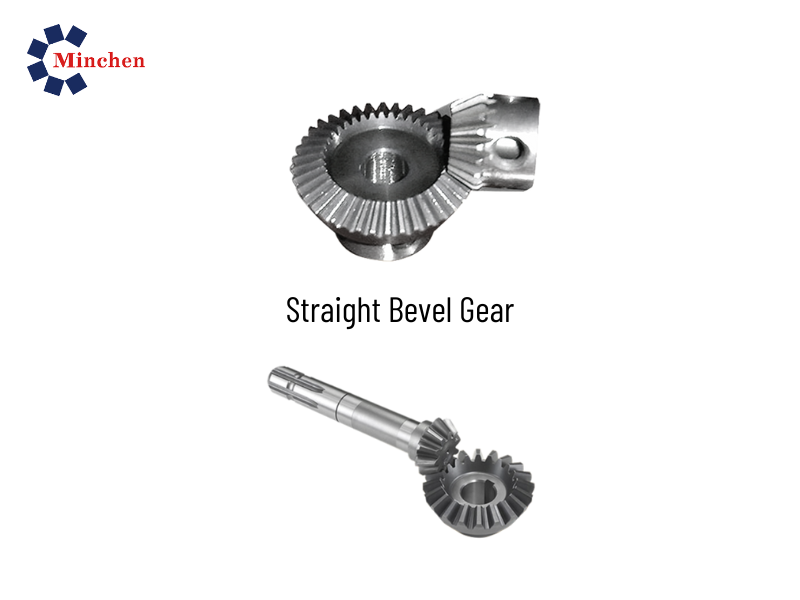How to Extend the Lifespan of End Mill?
2023-03-16Machinery From:YIDA PRECISION TOOLS CO., LTD.

How to Extend the Lifespan of End Mill?
End mills are one of the most important tools in machining. They are also one of the most expensive. Therefore, it is important to know how to extend their lifespan. In this blog, we will discuss a few important tips on how to extend the lifespan of an end mill.
Tips to Extend the Lifespan of End Mill
In addition to being expensive, end mill breakage and premature wear also reduce productivity. Metal processing is delayed while new tools are found, set up, and calibrated. Luckily, the most effective methods for raising output and the caliber of work also extend tool life. YIDA recommends the following suggestions for extending the life of your end mills:
1. Moderate Feed Rate and Spindle Speed
Cutting speed and feed rate are the first topics to be discussed in any debate on proper milling operation. Much of what follows is determined by these two factors. The right speed and feed will influence chip load to a considerable extent.
There is a specifically limited window for running at the ideal speed to enhance efficiency for each work material and end mill type. Even when you operate at the correct spindle speed, excessively rapid feeding will damage the mill.
If the spindle speed is off, even the correct feed rate won't help. If you move too quickly, you'll create enough heat to soften the tool, which will accelerate the rate at which it becomes dull and wears out.
2. Coatings Provide an Extra Protection Shell to End Mills
In many circumstances, coatings enable mills to resist the high temperatures generated when treating hard materials and provide them with a strong shell that shields cutting edges. Coatings, made of Titanium Nitride (TiN), provide all-purpose defense against high-speed steel (HSS) and carbide end mill wear.
Carbide end mills may operate at nearly twice the speed of their uncoated counterparts thanks to coatings that also contain carbon (TiCN), without suffering significant wear from the added heat. The coating prevents wear even on HSS mills as long as the feeds and speeds do not generate a lot of heat.
Cast iron, steel alloys, and heat-treated materials can all be milled at blistering speeds and feed rates while being protected from heat by coatings made of aluminum (TiAlN).
3. Avoid Tool Deflection
End mills are put under additional stress when cutting too much material at a high speed or feed rate since it might lead to tool deflection.
The mill bends due to deflection in the first place. In the same way that fretting about a paperclip weakens them, constant flexing and releasing along the mill flutes does the same. Second, the mill might bite off more than it can chew if it bows while it is inside the cut. This happens when the flutes penetrate too deeply into the workpiece.
The ensuing chip load can destroy the mill or result in the build-up and/or recutting of chips that are too large to adequately remove, which causes premature wear. Use the most rigid mill—the shortest and widest mill that will do the job—and operate at the optimum speed and feed rates to reduce deflection.
By "choking up" on the shank until it is just below where the flutes start, while still retaining clearance, you can reduce the tool's effective length.
4. Avoid Chips Buildup
The removal of chips from the cutting area is crucial for production, surface quality, and particularly for minimizing tool wear and tear. Even during the cutting operations, chips take a lot of heat, and we all know that heat is an end mill's biggest enemy. Some materials, especially aluminum, can be bound and adhered to the end mill with the use of heat.
A fractured end mill is inevitable because aluminum chips "weld" themselves to tool edges over time. The majority of aluminum mills only have two or three flutes. With each mill-turn, more material is released from the pocket, groove, or slot you're working on due to larger flutes caused by fewer flutes.
Using a lot of coolants is another approach to avoid expensive chip buildup. Flood cooling helps flush the chips away while also bringing the temperature of the chips below the critical level. When employing coated tools, air bursts and coolant mists are usually sufficient to clean the chips.
5. Avoid Premature Breakage
Even when machinists follow all the proper procedures, end mills still break. The thing you want to prevent is early breaking. Running machines at the incorrect speed is one of the most frequent errors that cause end mills to break.
To increase productivity, machinists frequently feel driven to operate machinery more quickly. However, running a mill too quickly can lead to inappropriate chip sizes, broken cutting edges, or a cutter that is completely broken. Before starting any machinery, the correct speed must be established.
Cutting tool usage outside of the recommended parameters may reduce performance and harm the tools. If unsure about the proper speed for the task, get in touch with the tool's maker.
Another typical error involves holding a tool incorrectly. The significance of a good tool holder is frequently understated, but a firmly held, properly fitted holder is essential for cutting down on manufacturing time and safeguarding the end mill.
Sometimes the tugging movement will be too strong for a holder's grip during heavy activities. This is especially true for heavy-duty milling and roughing. A cutter might be broken if it were to fit incorrectly and be yanked out of the chuck.
The length of the tool is another crucial factor. Select the shortest tool feasible for the application to extend the life of your end mill. The likelihood of deflection or bending increases with tool length.
Epilogue
End mill breakage is real and end mills can break down even if it seems like you have done nothing wrong. By carefully following the above-mentioned tips and you can extend the lifespan of the end mill
You can contact YIDA in Taiwan if you want superb-quality milling machines to boost your productivity.
